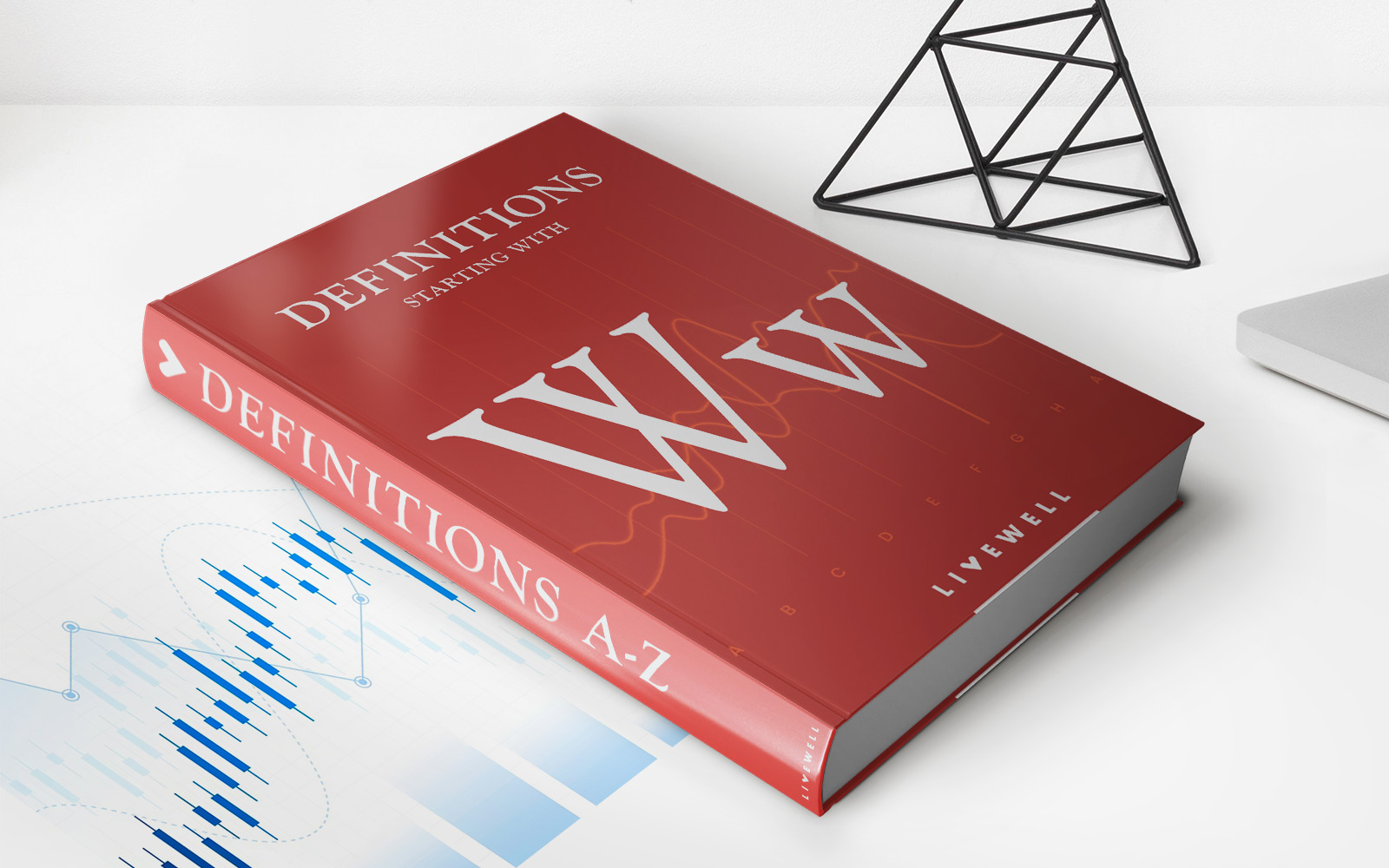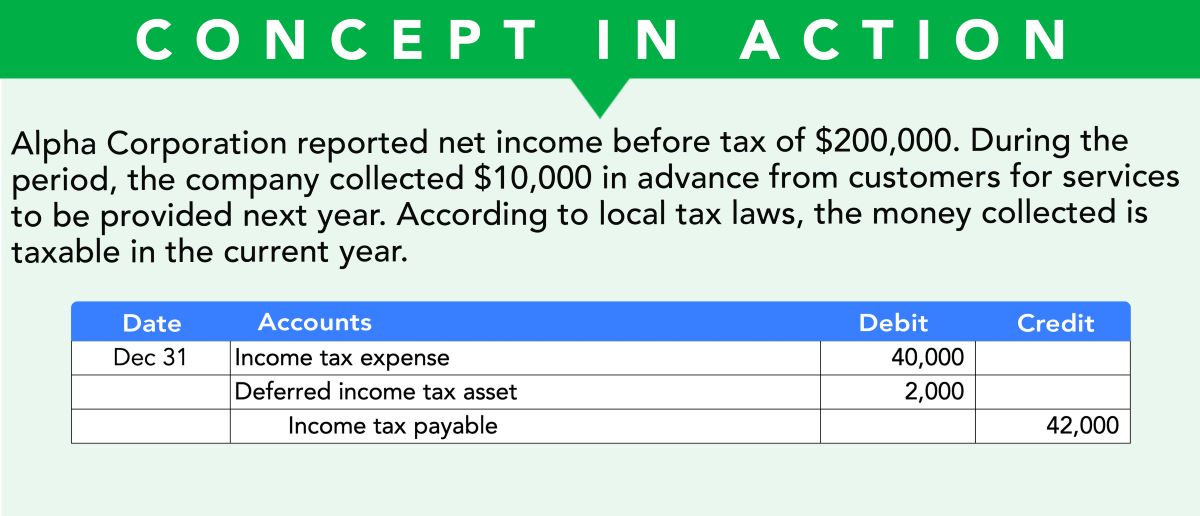Home>Finance>Aging: Definition In Accounting, Uses, Report Example


Finance
Aging: Definition In Accounting, Uses, Report Example
Modified: October 11, 2023
Learn about the definition and uses of aging in accounting, with a report example. Explore how finance plays a crucial role in managing aging accounts receivable and payable.
(Many of the links in this article redirect to a specific reviewed product. Your purchase of these products through affiliate links helps to generate commission for LiveWell, at no extra cost. Learn more)
Understanding Aging in Accounting
When it comes to accounting, the term “aging” refers to the process of categorizing and analyzing accounts receivable or accounts payable based on their age. In simple terms, it means evaluating how long an invoice or bill has been outstanding. This analysis provides important insights into a company’s financial health and helps in making informed decisions about managing cash flow and mitigating risks.
Key Takeaways:
- Aging in accounting involves categorizing and analyzing accounts receivable or accounts payable based on their age.
- It provides insights into a company’s financial health and helps in managing cash flow and mitigating risks.
Uses of Aging in Accounting
Aging in accounting has several uses and benefits for businesses. Let’s take a look at some of the key uses:
- Assessing Payment Trends: By categorizing invoices or bills based on their age, businesses can identify patterns in payment trends and identify customers who consistently pay late. This information helps in setting credit limits, negotiating payment terms, and implementing appropriate collection strategies.
- Evaluating Financial Health: Analyzing the aging of accounts receivable and accounts payable allows businesses to evaluate their financial health. By monitoring the average number of days it takes to receive payments or make payments, companies can assess their liquidity, profitability, and overall financial stability.
- Managing Cash Flow: Aging reports provide businesses with insights into outstanding payments, allowing them to anticipate cash flow shortages or surpluses. This information helps in developing effective cash flow management strategies, such as prioritizing payments to suppliers or following up on overdue invoices.
- Mitigating Risks: By closely monitoring aging of accounts, companies can identify potential risks and take appropriate actions. For example, excessive aging of accounts receivable might indicate credit risks or cash flow problems with customers. On the other hand, aging of accounts payable may indicate potential strains on supplier relationships and potential disruptions to the supply chain.
Aging Report Example
An aging report provides a visual representation of the age of outstanding invoices or bills. It typically categorizes the accounts receivable or accounts payable into different time periods commonly referred to as “buckets.” These buckets are usually based on predefined time intervals, such as 30 days, 60 days, 90 days, and over 90 days.
Here’s an example of an aging report:
| Time Period | Accounts Receivable | Accounts Payable |
|---|---|---|
| Current (0-30 days) | $50,000 | $40,000 |
| 30-60 days | $20,000 | $15,000 |
| 60-90 days | $10,000 | $5,000 |
| Over 90 days | $5,000 | $2,000 |
In this example, the aging report categorizes accounts receivable and accounts payable into different time periods. It shows the amount of outstanding invoices or bills within each time period, giving a clear picture of how long invoices have been outstanding and how much needs to be collected or paid. This information is valuable for monitoring cash flow, identifying potential collection issues, and making decisions on credit policies.
Aging reports can be customized to fit specific business needs and can include additional details such as customer names, invoice numbers, and due dates.
In conclusion, aging is a valuable tool in accounting that helps businesses assess payment trends, evaluate financial health, manage cash flow, and mitigate risks. By utilizing aging reports, companies can make informed decisions that ensure financial stability and success.














